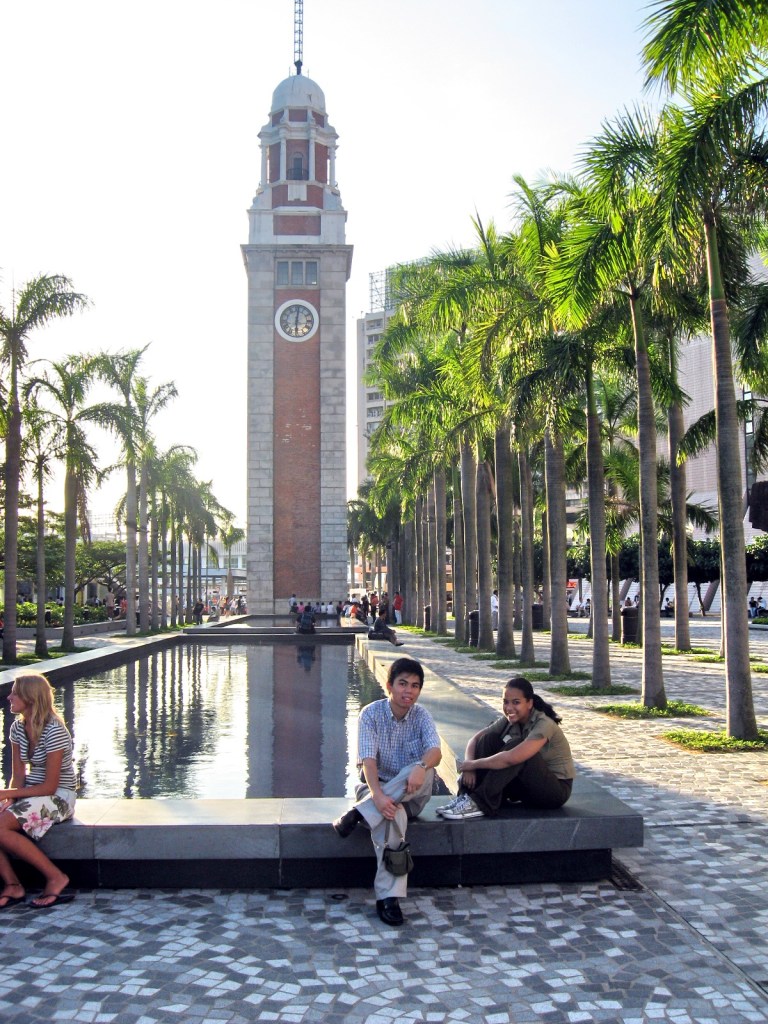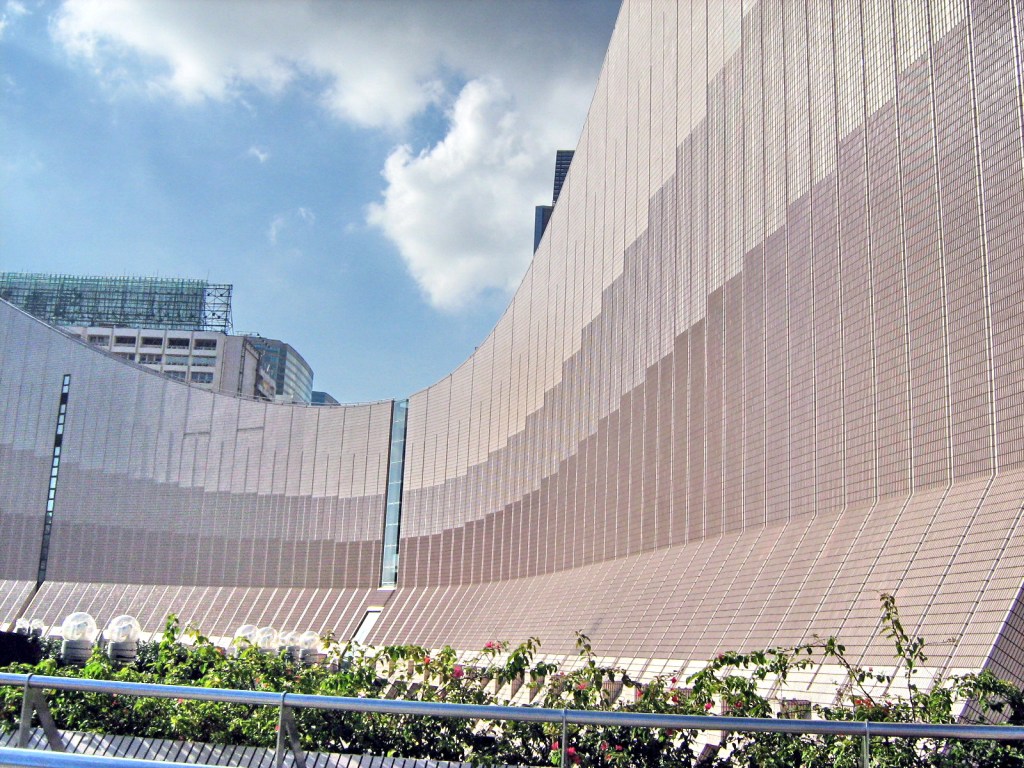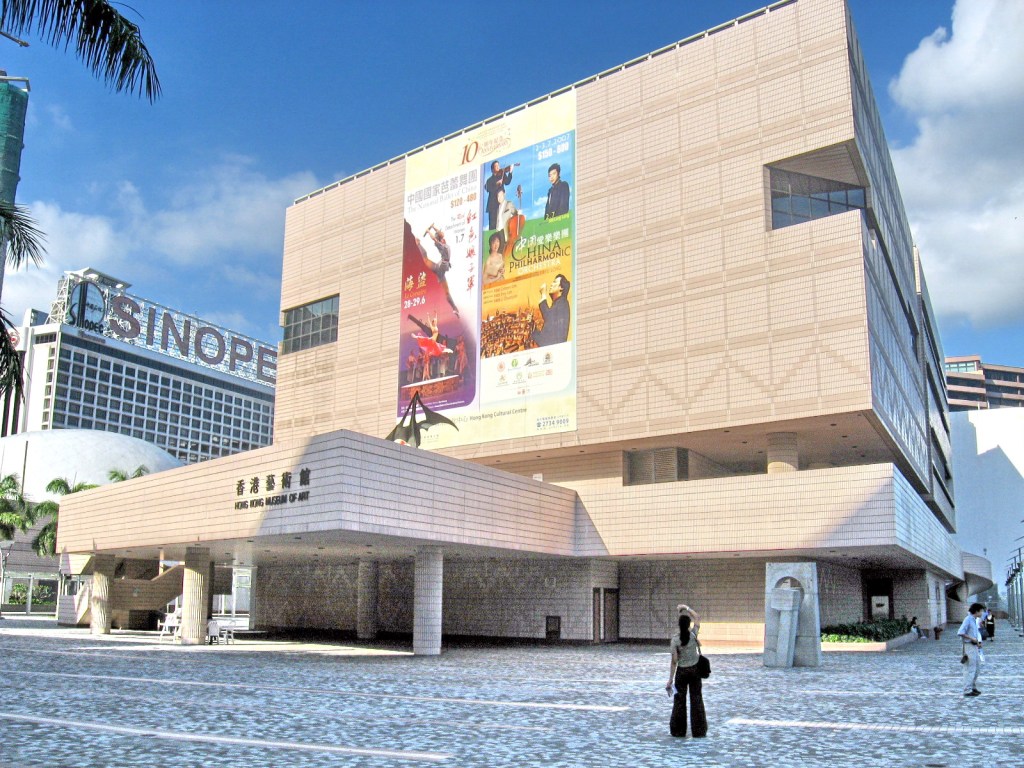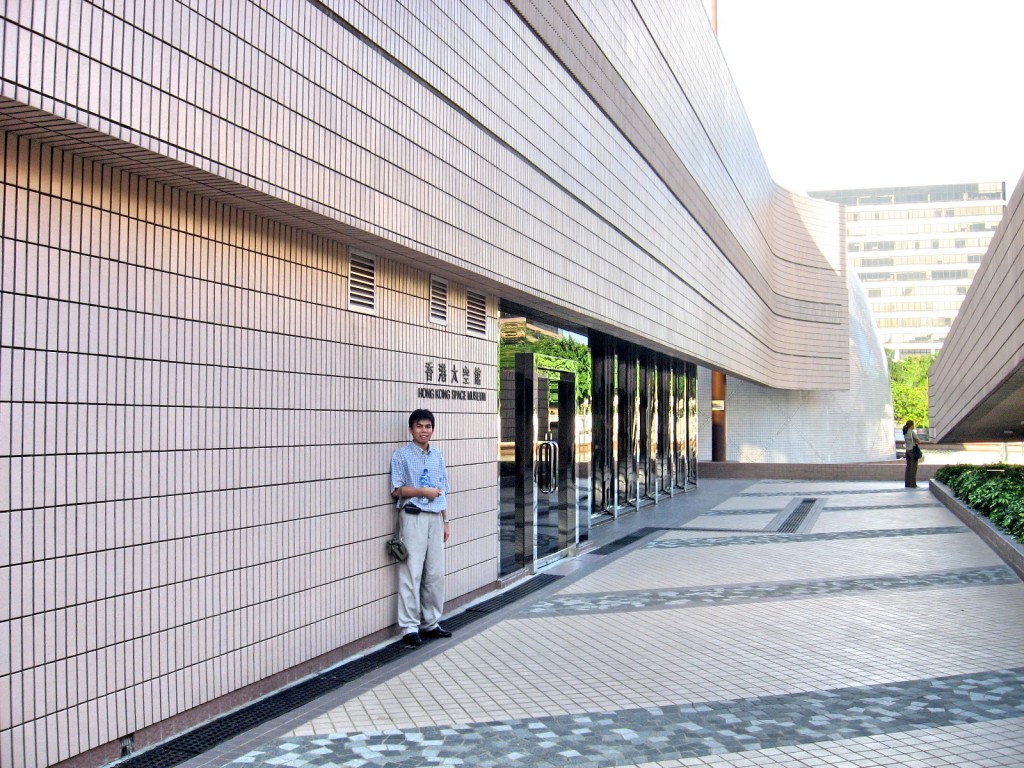This visual arts museum, opened in September 2005, houses the art collection of Ambassador Alfonso T. Yuchengco, highlighting his distinguished career as a businessman, diplomat, collector, philanthropist, patron of the arts and advocate for education in the Philippines and beyond.
This museum, as an exhibition venue, aims to be a cultural bridge to the regional Asian and Pacific Rim communities. The museum also aims to bring out the excellent artistic and creative expressions of the Chinese Filipinos as well as look at the best attributes of the twin-heritage, namely the Chinese’s hardworking skills and craftsmanship and the Filipinos’ highly expressive and adaptive sensibility.
Its Masters Gallery highlights three of the most celebrated Filipino visual artists: Fernando Amorsolo, Carlos Francisco and Juan Luna. Also part of the Museum’s permanent collection are key art pieces from the Yuchengco Group of Companies executive offices consisting of works by Filipino Modernists such as Anita Magsaysay Ho and by National Artists such as Napoleon Abueva, Victorio Edades, Jose Joya, Ang Kiukok, Cesar Legaspi, Vicente Manansala, etc. The YGC Collection also has a sizeable number of works in the folk genre by Angelito Antonio, Manuel Baldemor, and Norma Belleza, and prints by Boy Rodriguez and Manuel Rodriguez Sr.. Some thematic exhibitions periodically presented in the museum feature these pieces.
To promote better understanding of art and heritage, collections and creative industries, the museum regularly holds educational and extension programs (Young Curators Program; volunteer and internship programs; etc.) that link various sectors and audiences. Art workshops on Chinese traditional painting on Shui-Mo or “ink and water” as well as calligraphy are also conducted regularly.
Yuchengco Museum: RCBC Plaza, cor. of Ayala and Sen. Gil Puyat Ave., Makati City, Metro Manila. Open Mondays to Saturdays, 10 AM to 6 PM. Admission: PhP100 for adults, PhP50 for students 15 years and below (with valid ID, PhP25 for accompanied children and senior citizens and free for YGC employees (with ID) and UNESCO-ICOM and media pass holders. Group tours for children below 15 years old must be accompanied by adults and apply for special permission. The museum also has education and extension programs that link various sectors and audiences and promote better understanding of art and heritage, corporate collections, and the creative industries. Curator: Ms. Jeannie Javelosa. Tel: (632) 889-1234. Fax: (632) 887-5144. E-mail: info@yuchengcomuseum.org.
Website: www.yuchengcomuseum.org.
This museum, as an exhibition venue, aims to be a cultural bridge to the regional Asian and Pacific Rim communities. The museum also aims to bring out the excellent artistic and creative expressions of the Chinese Filipinos as well as look at the best attributes of the twin-heritage, namely the Chinese’s hardworking skills and craftsmanship and the Filipinos’ highly expressive and adaptive sensibility.
Its Masters Gallery highlights three of the most celebrated Filipino visual artists: Fernando Amorsolo, Carlos Francisco and Juan Luna. Also part of the Museum’s permanent collection are key art pieces from the Yuchengco Group of Companies executive offices consisting of works by Filipino Modernists such as Anita Magsaysay Ho and by National Artists such as Napoleon Abueva, Victorio Edades, Jose Joya, Ang Kiukok, Cesar Legaspi, Vicente Manansala, etc. The YGC Collection also has a sizeable number of works in the folk genre by Angelito Antonio, Manuel Baldemor, and Norma Belleza, and prints by Boy Rodriguez and Manuel Rodriguez Sr.. Some thematic exhibitions periodically presented in the museum feature these pieces.
To promote better understanding of art and heritage, collections and creative industries, the museum regularly holds educational and extension programs (Young Curators Program; volunteer and internship programs; etc.) that link various sectors and audiences. Art workshops on Chinese traditional painting on Shui-Mo or “ink and water” as well as calligraphy are also conducted regularly.
Yuchengco Museum: RCBC Plaza, cor. of Ayala and Sen. Gil Puyat Ave., Makati City, Metro Manila. Open Mondays to Saturdays, 10 AM to 6 PM. Admission: PhP100 for adults, PhP50 for students 15 years and below (with valid ID, PhP25 for accompanied children and senior citizens and free for YGC employees (with ID) and UNESCO-ICOM and media pass holders. Group tours for children below 15 years old must be accompanied by adults and apply for special permission. The museum also has education and extension programs that link various sectors and audiences and promote better understanding of art and heritage, corporate collections, and the creative industries. Curator: Ms. Jeannie Javelosa. Tel: (632) 889-1234. Fax: (632) 887-5144. E-mail: info@yuchengcomuseum.org.
Website: www.yuchengcomuseum.org.

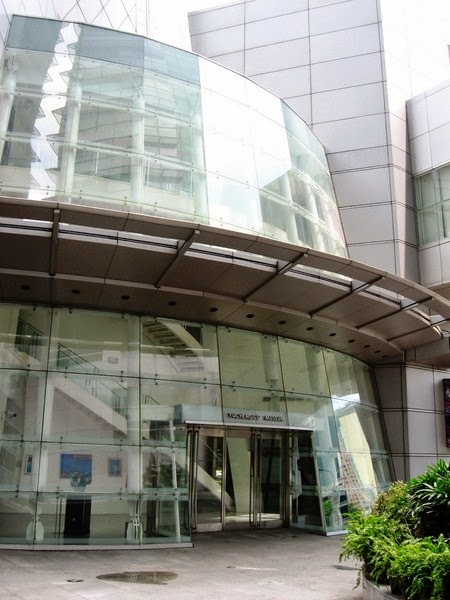
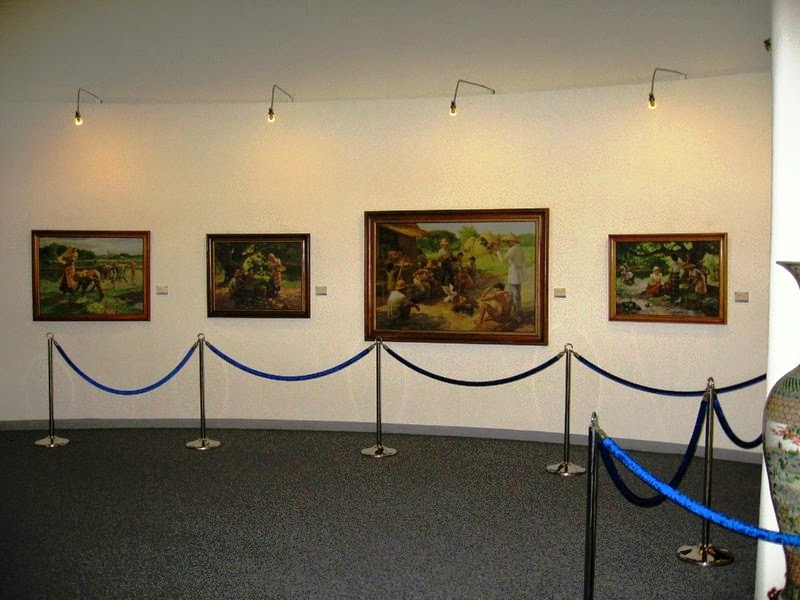
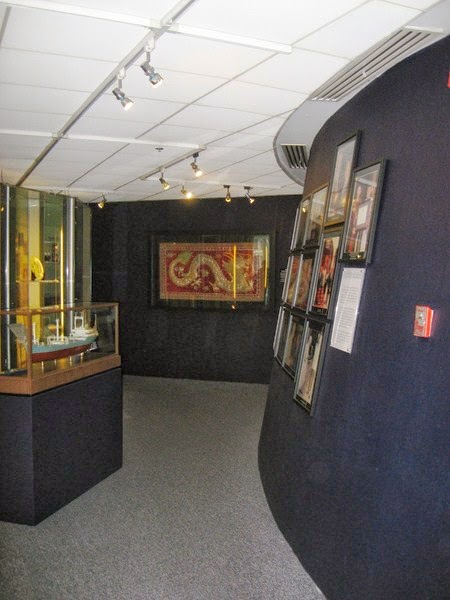
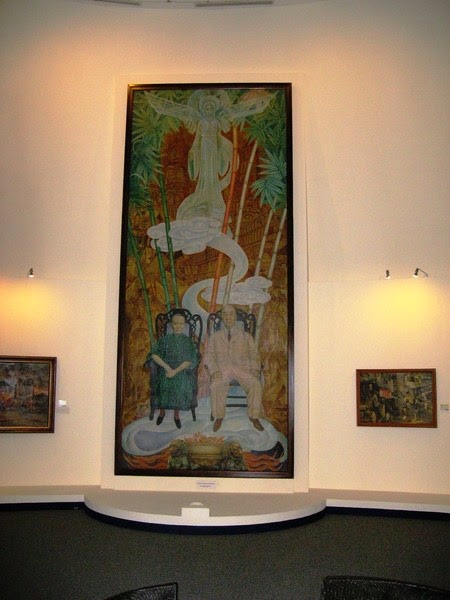
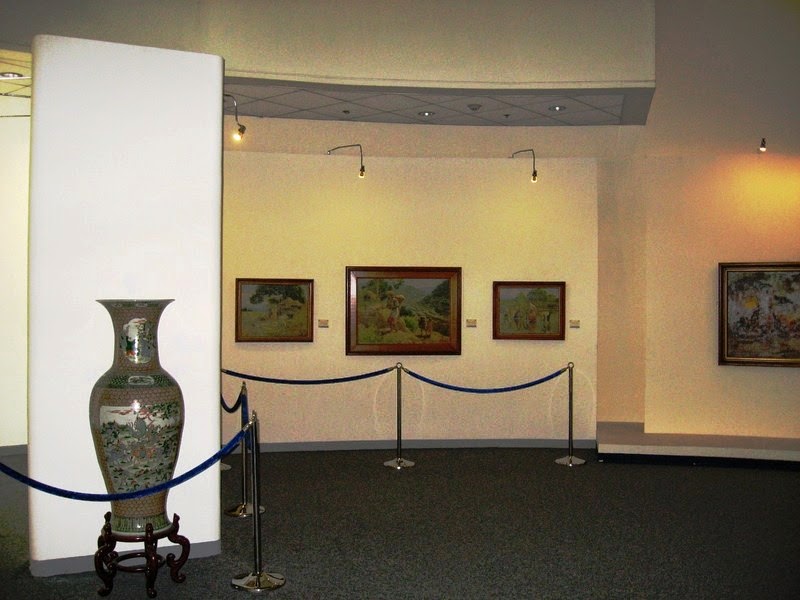
.jpg)
.jpg)
.jpg)
